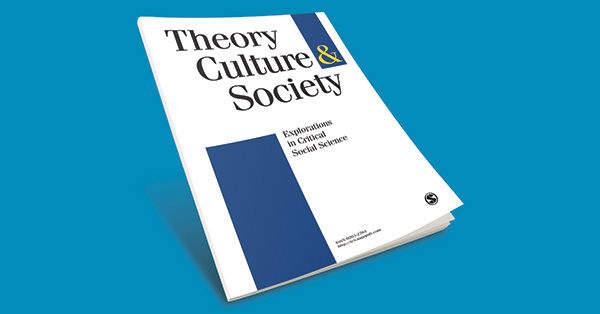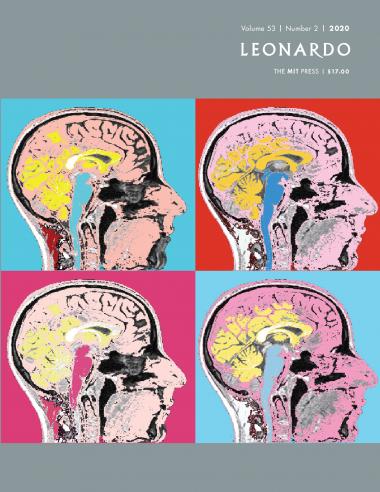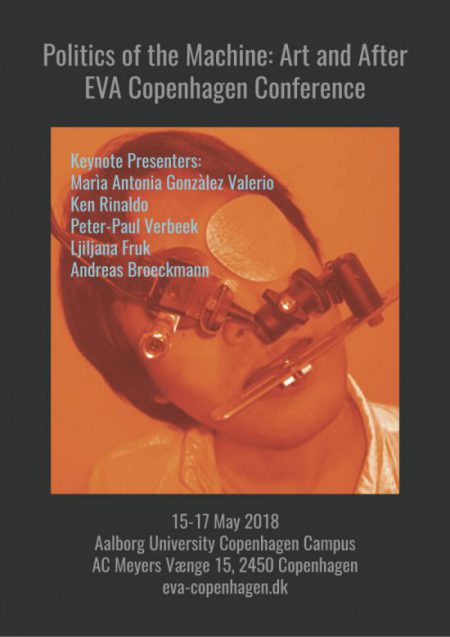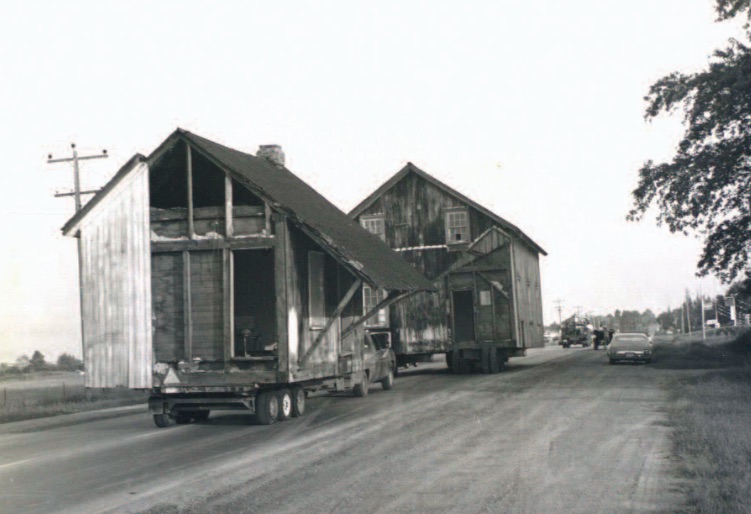“‘Don’t Copy That’: Security Printing and the Making of High-Tech Paper”
ABSTRACT Printing is not a new media technology, but it is continuously being renewed. In this sense, it is an example of novelty going largely unnoticed, woven into the quotidian and ordinary in unassuming ways. One reason for this is the incomplete way we tell the story of printed paper, which privileges narratives of readings, access, and dissemination. To complicate the way media scholars think printing, this article turns to the case of security printing, which produces objects like banknotes and passports that circulate with trust and authority. Here, printing emerges through the specific need to print securely, offering a narrative based on the need for order and protection. The work of security printing, always straddling between art and science, produces artefacts understood as authentic copies. Such a transformation of paper into valuable object relies on the technical artistry of the security printer, who sets the aesthetic and material standards of authenticity through physical features like watermarks, engravings, holographs, special substrates, threads, or inks. Drawing on a close reading of informational materials produced by the …











